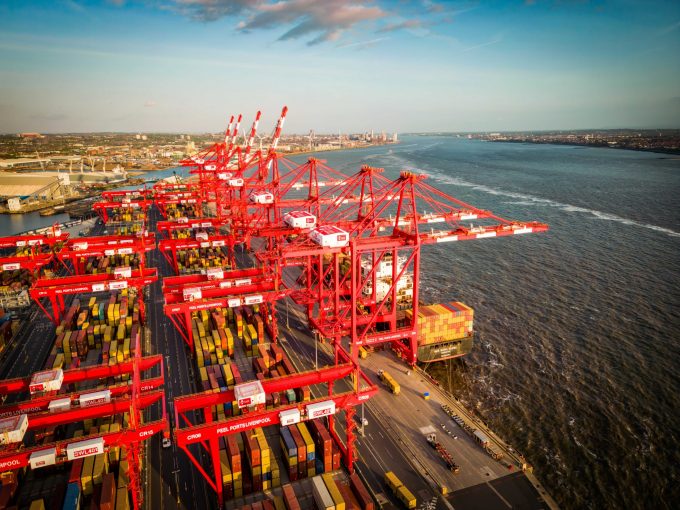UK stowaway rule risks collapsing haulage sector
Stakeholders are calling on the government to change migration rules that have caused a “significant” rise in ...

The retail sector powers the British economy, driving employment, GDP growth, and consumer spending forward. Accounting for 5% of the nation’s economic output, it contributes £98bn in Gross Value Added and employs approximately three million people.[i]
Key to its success is its heartbeat – the supply chain. But the movement of goods from manufacturers to consumers is being hampered by various vulnerabilities, from Covid shutting down container terminals in Asia, to drought in the Panama Canal and now most recently, vessel diversions around Africa to avoid the Red Sea.
These challenges are further exacerbated by the UK’s outdated import practices, which bring unnecessary costs, congestion, and carbon emissions.
With 90% of all deep-sea containerised goods entering Britain via southern ports, despite more than 60% of those goods being destined for regions north of Birmingham, the supply chain currently has an artificial centre of gravity towards the country’s south-eastern corner. This results in insufficient rail capacity, congested roads, cargo delays, ineffective landside logistics and extra pollution caused by long, unnecessary road journeys. But it doesn’t have to be this way.
Adopting an integrated import strategy to deliver goods closer to their end destination, using northern ports as well as those in the south, would bring a raft of benefits, unlocking supply chain efficiencies and connectivity to major distribution hubs.
It will facilitate better landside fleet management, driving the decarbonisation of inland logistics, relieving pressure on diminishing road haulage capacity, and minimising delays with shorter journeys.
Retail industry leaders overwhelmingly back a multi-port strategy. Peel Ports Group’s own 2023 Retailer Survey found 76% of retail business leaders wanted to import goods closer to end destinations; meanwhile, 79% said better transportation of goods via sea into the UK is needed to reduce delays, congestion, and emissions – issues which those surveyed said were top priorities.
Simply put, industry leaders are crying out for a change to the current status quo, and as a result Peel Ports Group has written to major shipping lines to present ‘2PUK’ – a north-south, two-port strategy that utilises UK port capacity and capability, and their proximity to market, to deliver a robust, efficient supply chain.
With UK rail freight and road haulage capacity at breaking point, and UK plc aiming to decarbonise the supply chain, it makes little sense to stick with the current model. By bringing cargo nearer to its end destination, we can develop a supply chain free from the constraints of inefficiencies, which offers reduced congestion and emissions, and a reduced total cost.
For the retail industry, anything other than 2PUK simply won’t do. It represents a significant opportunity to disrupt the market for the better, to innovate and create better logistics solutions. We must seize it with both hands.
This Sponsored Post article was written and supplied by Peel Ports Group
Comment on this article
Robert Windsor
April 15, 2024 at 2:24 pmThis article although sensible in many ways ignores the fundamental fact it is shipping lines who determine where vessels call. and the southern ports are closer than norther ports to the main trade lanes feeding the EU, which is a far bigger market than the UK